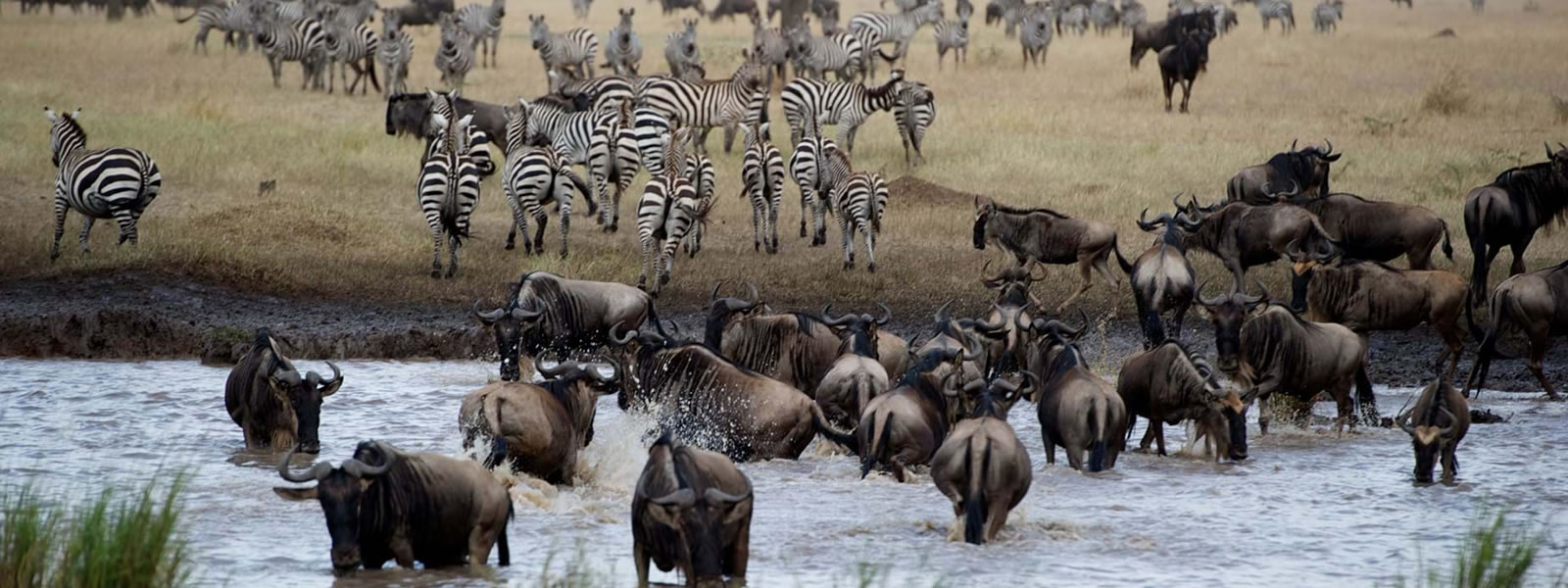
The Maasai Mara-Serengeti Ecosystem is a vast expanse of land stretching across the border of Kenya and Tanzania. It is home to some of the most iconic wildlife species in the world, and is an important ecosystem for conservation efforts. This article looks at the overview of the ecosystem, the flora and fauna, conservation efforts, and the future of the ecosystem.
Overview of the Ecosystem
The Maasai Mara-Serengeti Ecosystem is located in East Africa, and is made up of two distinct ecosystems: the Maasai Mara National Reserve in Kenya, and the Serengeti National Park in Tanzania. The ecosystem is home to a wide variety of habitats, including grasslands, savannahs, woodlands, rivers, and wetlands. The ecosystem is also home to a vast array of wildlife, including lions, leopards, cheetahs, elephants, rhinos, and over 500 species of birds.
Flora and Fauna of the Ecosystem
The Maasai Mara-Serengeti Ecosystem is home to a wide variety of flora and fauna. The grasslands are dominated by short grasses, while the savannahs are home to tall grasses such as elephant grass. The woodlands are filled with acacia trees, while the rivers and wetlands provide habitat for fish, amphibians, and reptiles. The wildlife of the ecosystem includes large mammals such as lions, leopards, cheetahs, elephants, and rhinos, as well as smaller mammals such as antelopes, zebras, giraffes, and warthogs. The ecosystem is also home to over 500 species of birds, including vultures, storks, and eagles.
Conservation Efforts in the Ecosystem
The Maasai Mara-Serengeti Ecosystem is a key area for conservation efforts. The governments of Kenya and Tanzania have established protected areas in the ecosystem, and are working together to ensure the long-term protection of the ecosystem’s wildlife and habitats. In addition, conservation organizations such as the Maasai Mara Wildlife Conservation Trust are working to protect the ecosystem’s wildlife and habitats through research, education, and community outreach.
The Future of the Ecosystem
The future of the Maasai Mara-Serengeti Ecosystem is uncertain. The increasing human population in the region is putting pressure on the wildlife and habitats of the ecosystem, and climate change is having a significant impact on the ecosystem’s flora and fauna. However, there is hope that the ongoing conservation efforts in the region will help to protect the ecosystem’s wildlife and habitats for future generations.
The Maasai Mara-Serengeti Ecosystem is an important area for conservation efforts, and is home to a wide variety of flora and fauna. The future of the ecosystem is uncertain, but with ongoing conservation efforts, there is hope that the ecosystem’s wildlife and habitats can be protected for future generations.
